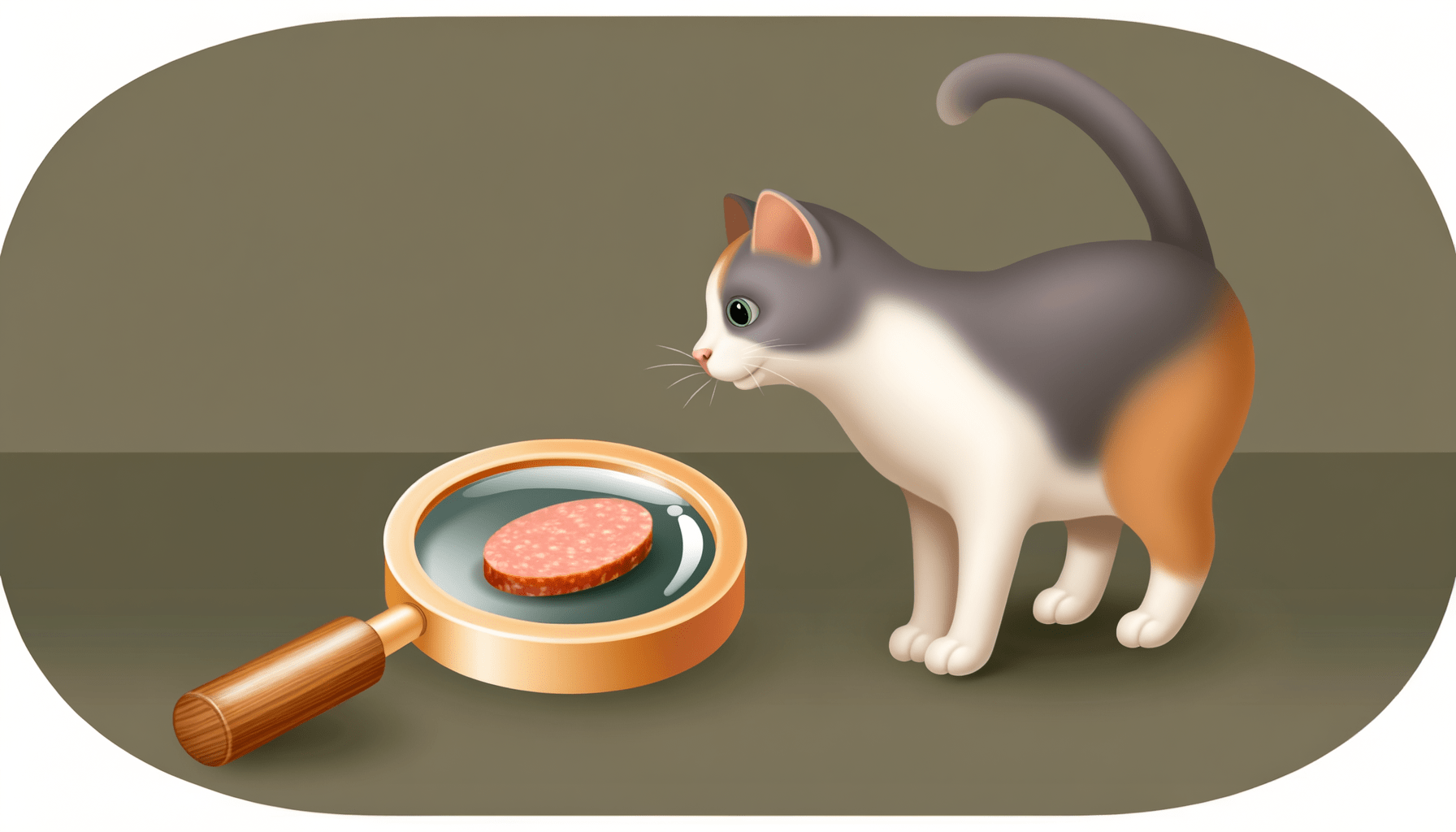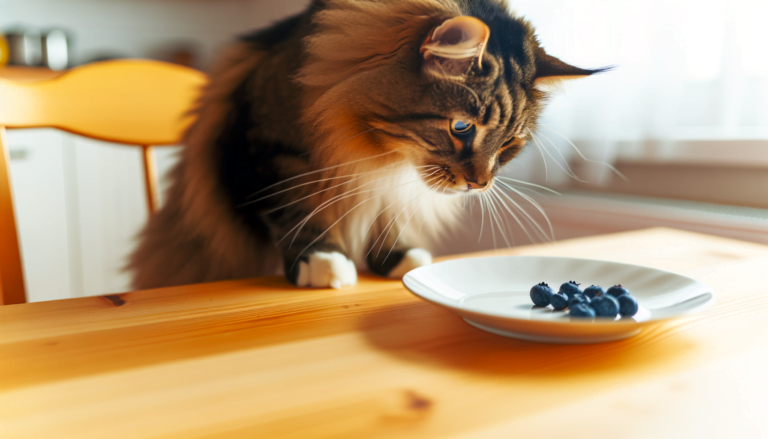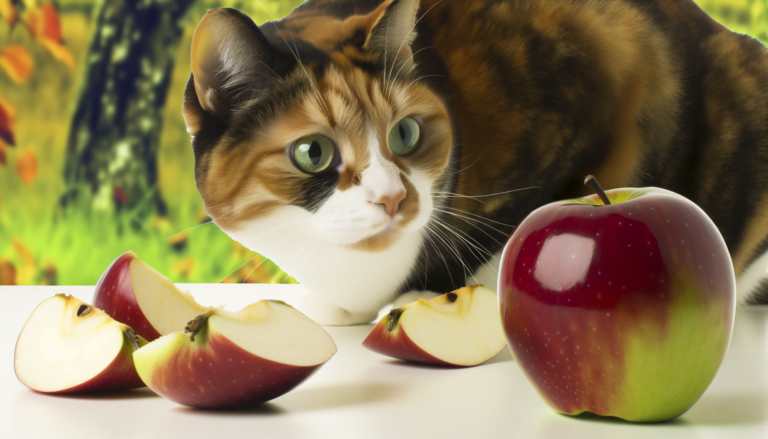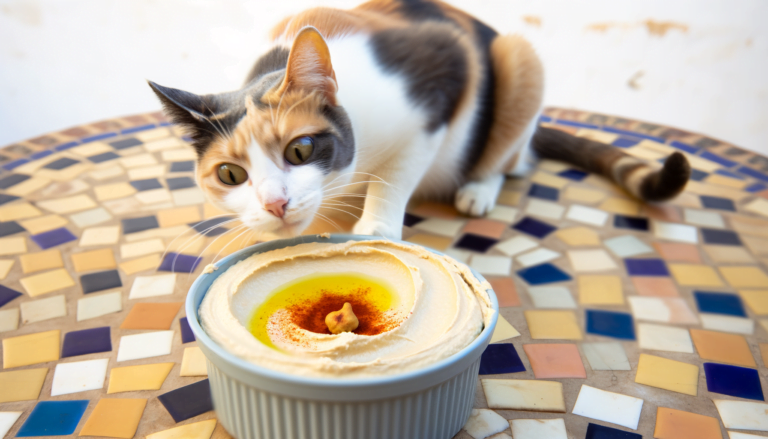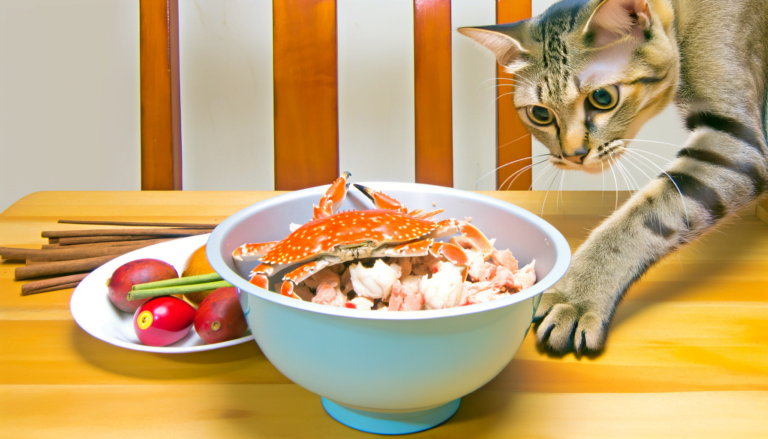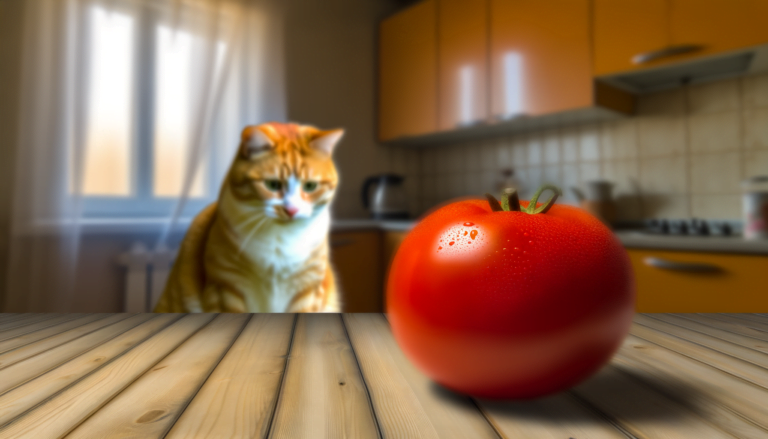Deciphering Feline Diets: Can Cats Really Eat Bologna?
While cats can technically consume bologna, it isn’t a recommended element within their diet. Bologna is a processed meat that contains high levels of salts, spices, preservatives, and additives that are not suitable for cats. An occasional small piece might not harm your feline friend, but regular feeding of bologna can lead to health problems such as weight gain, heart issues, digestive problems, and even salt poisoning. Hence, it’s best to limit feline diets to high-quality, nutritionally balanced cat foods for the overall wellness of your pet.
Understanding the Basics: What Is Bologna?
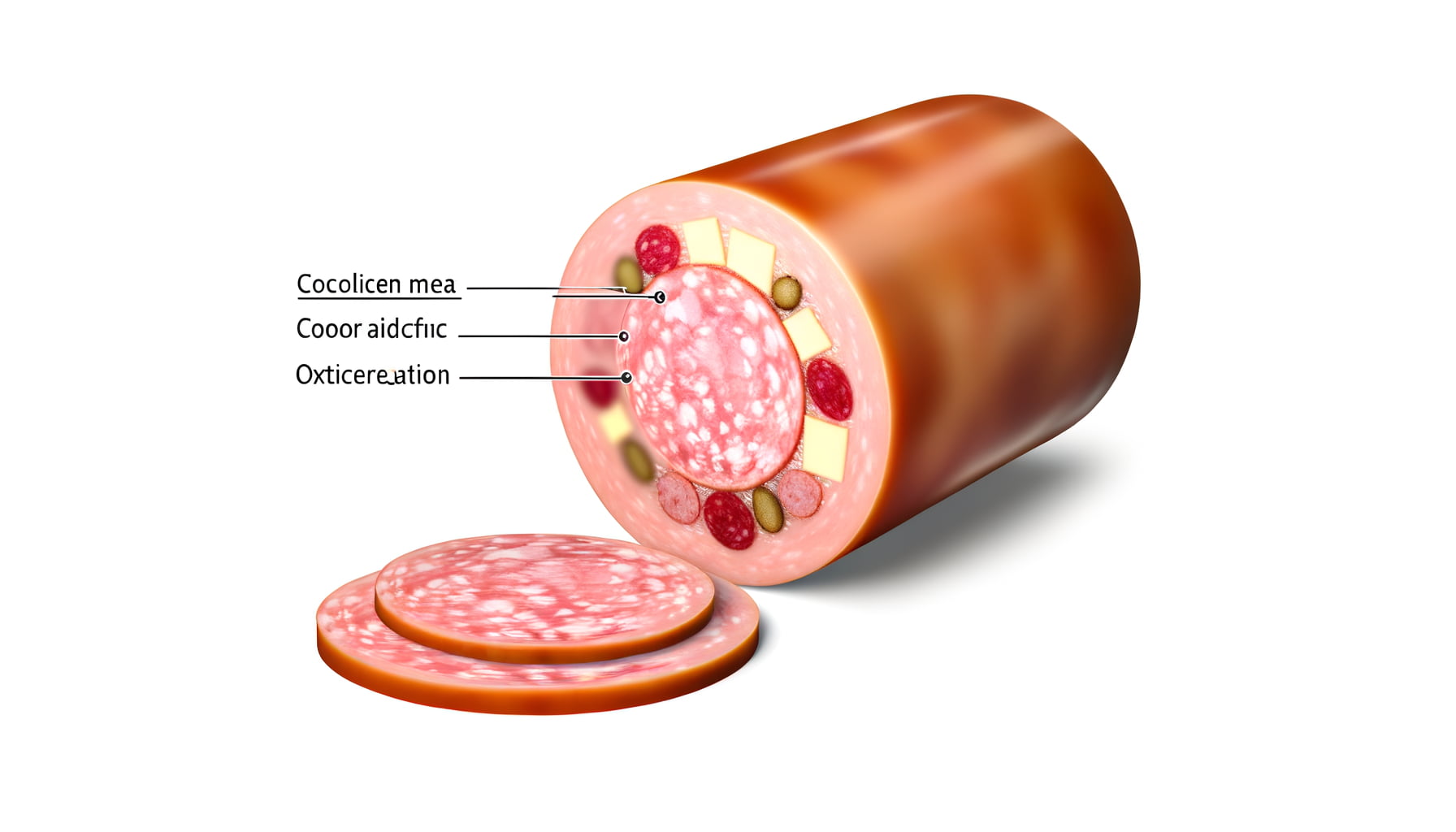
Bologna is a popular type of deli meat originating from Bologna, Italy. It is often produced from a variety of meats, including pork, chicken, beef, or even a blend of these. The process encompasses finely ground meat combined with fat, salt, and several spices before ultimately being packed into a casing and cooked.
Known for its distinctive smooth texture and mildly spicy flavor, bologna is a staple in numerous dishes worldwide. It’s commonly sliced for sandwiches, cut into cubes for salads, or even cooked and served hot. Of note, however, is the fact that the bologna we consume today, especially in pre-packaged forms, carries several added ingredients. Some of these include water, nitrates, and corn syrup – elements designed to enhance taste, texture, and increase its shelf-life.
Given the varying ingredients and processing methods used, the nutritional value of bologna can notably differ across brands. Generally, however, it is high in protein and fat, offering various essential amino acids. Its sodium content, though, is rather high, and it’s often missing key nutrients for a balanced diet like fiber and multiple vitamins.
The Nutritional Content of Bologna: A Closer Look
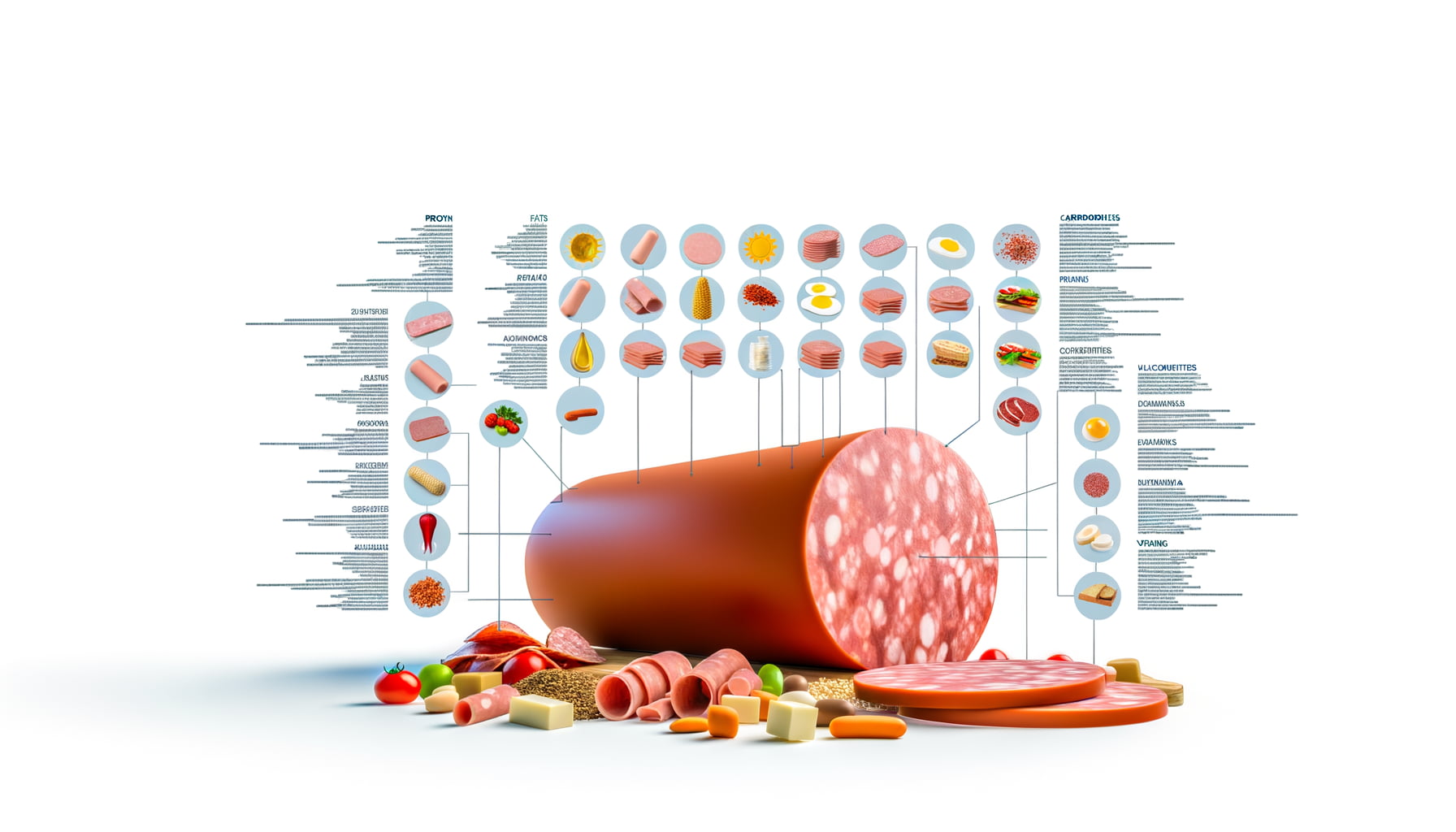
Bologna, a popular sandwich meat, has a certain nutritional profile that cat owners should evaluate before including it in their feline’s diet. The primary ingredient in bologna is typically processed meat. High in protein, meat could potentially provide valuable nutrients for your cat. However, the processed nature of bologna introduces concerns.
Processing involves adding a substantial amount of salt, and sometimes sugar, to preserve flavor and extend shelf life. These additives, salt and sugar, could pose health risks to cats if consumed regularly. Salt, particularly, could lead to an unhealthy increase in a cat’s sodium intake, potentially causing issues such as dehydration and kidney problems.
Furthermore, some manufacturers add fillers to bologna, such as soy or grains. Cats, being obligate carnivores, have a dietary need for high-quality meat, and these fillers might not provide the necessary nutrients. Therefore, while bologna might not be entirely harmful in small, infrequent quantities, it should not form a central part of a cat’s diet due to its high salt content, the presence of sugars, and potential fillers.
Can Cats Safely Consume Bologna? Potential Health Impacts
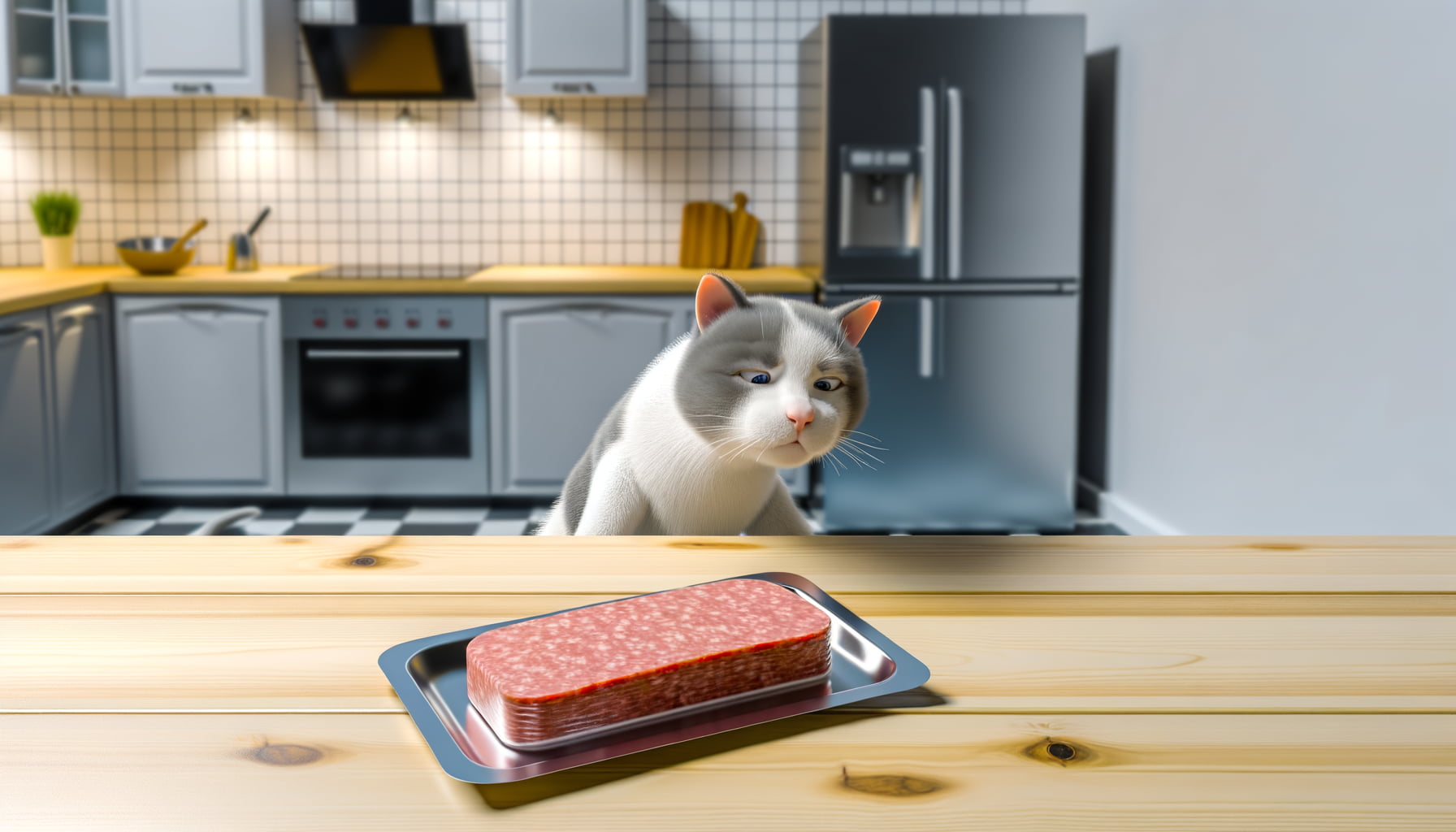
Delving into the dietary potential of bologna for cats, the question arises: can cats safely consume bologna? It is essential knowledge for any cat parent to understand the potential impacts this type of meat could have on their pet’s health. Cats are obligate carnivores, which means the majority of their diet should come from meat. Yet, not all meats are equally beneficial.
Though bologna is a form of meat, it contains an increased level of sodium compared to naturally occurring meats, which could affect a cat’s renal function negatively. Bologna also contains garlic and onion powder, ingredients that are hazardous to our feline friends as they can cause anemia. Furthermore, bologna is processed meat, which typically contains preservatives that may be harmful to cats in the long run.
Given these facts, it is generally not recommended to include bologna in a cat’s diet. Although a small amount on occasion probably won’t harm your furry friend, consistent feedings could lead to health issues like kidney disease or anemia. Hence, when it comes to your cat’s diet, opting for more natural, less processed sources of protein is always the wisest choice.
Alternatives to Bologna for Cats: Healthier Options
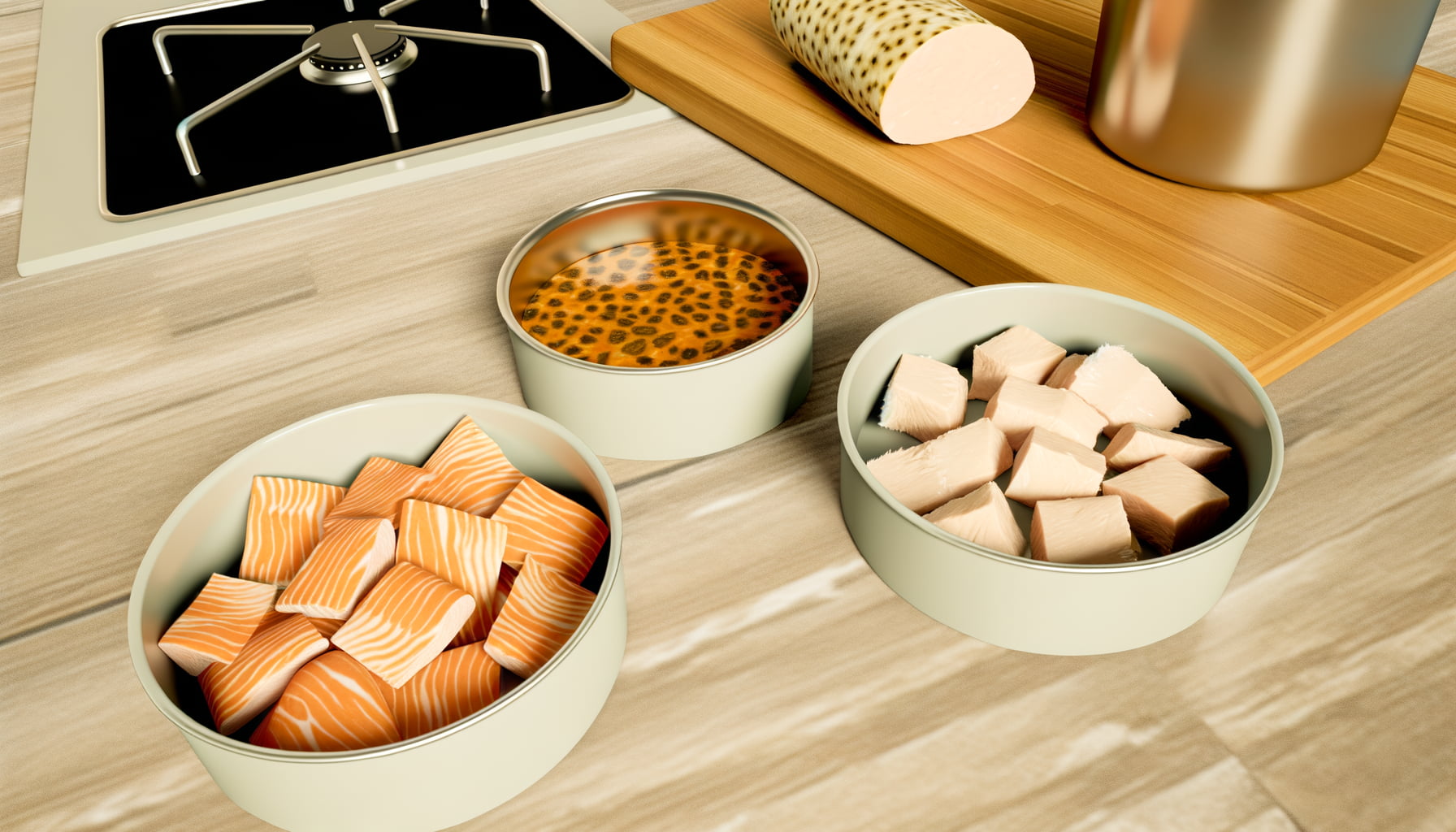
When considering healthier alternatives to bologna for your feline friends, it’s crucial to prioritize their nutritional needs. Cats require balanced diets rich in proteins and specific nutrients such as taurine, vitamins A and C, and arachidonic acid. These nutrients are critical for their growth, development, and overall health.
Taurine-fortified cat food is an excellent alternative. This essential nutrient is not found in bologna and is vital for maintaining healthy heart and brain function in cats. Steamed or baked fish like salmon can also serve as a high-quality protein source, provided it’s given in controlled amounts. But remember, like any other food, fish should be deboned and thoroughly cooked to kill any potential parasites.
Another superior option is commercially prepared cat food, specially formulated to meet cats’ unique dietary needs. They come in both wet and dry varieties, with most providing a complete diet. Always consult with your veterinarian before making changes to your cat’s diet to ensure it’s balanced and suits their specific needs.
Conclusion
In conclusion, while cats may enjoy the occasional bite of bologna, it is important to remember that their diet should primarily consist of high-quality cat food that meets all their nutritional requirements. Treats like bologna should be given sparingly to avoid any potential health issues.
Understanding feline diets and ensuring that cats are fed a balanced and appropriate diet is essential for their overall health and well-being. So, while a taste of bologna may not harm your furry friend, it is best to stick to cat-friendly options for their primary meals.
